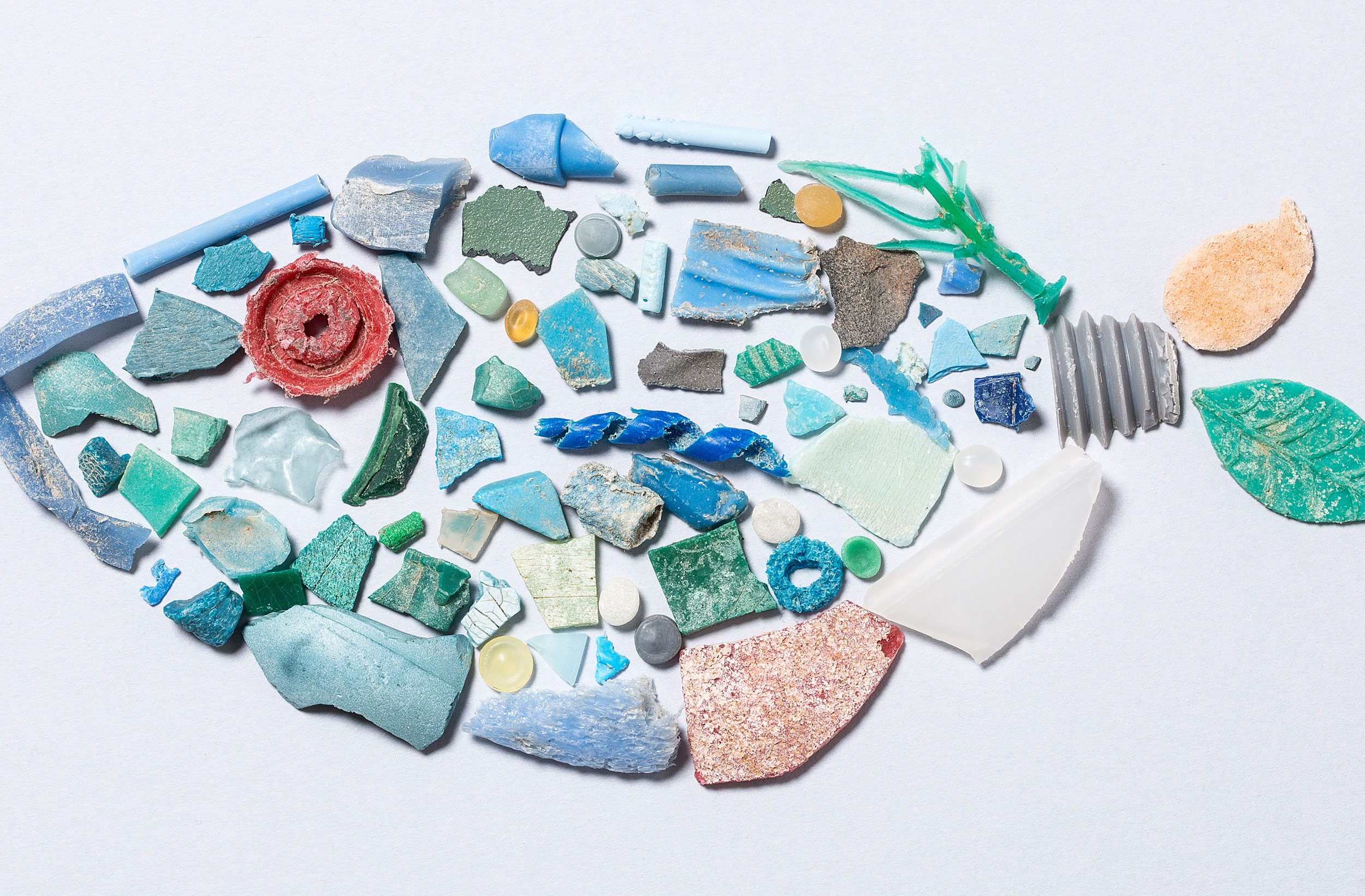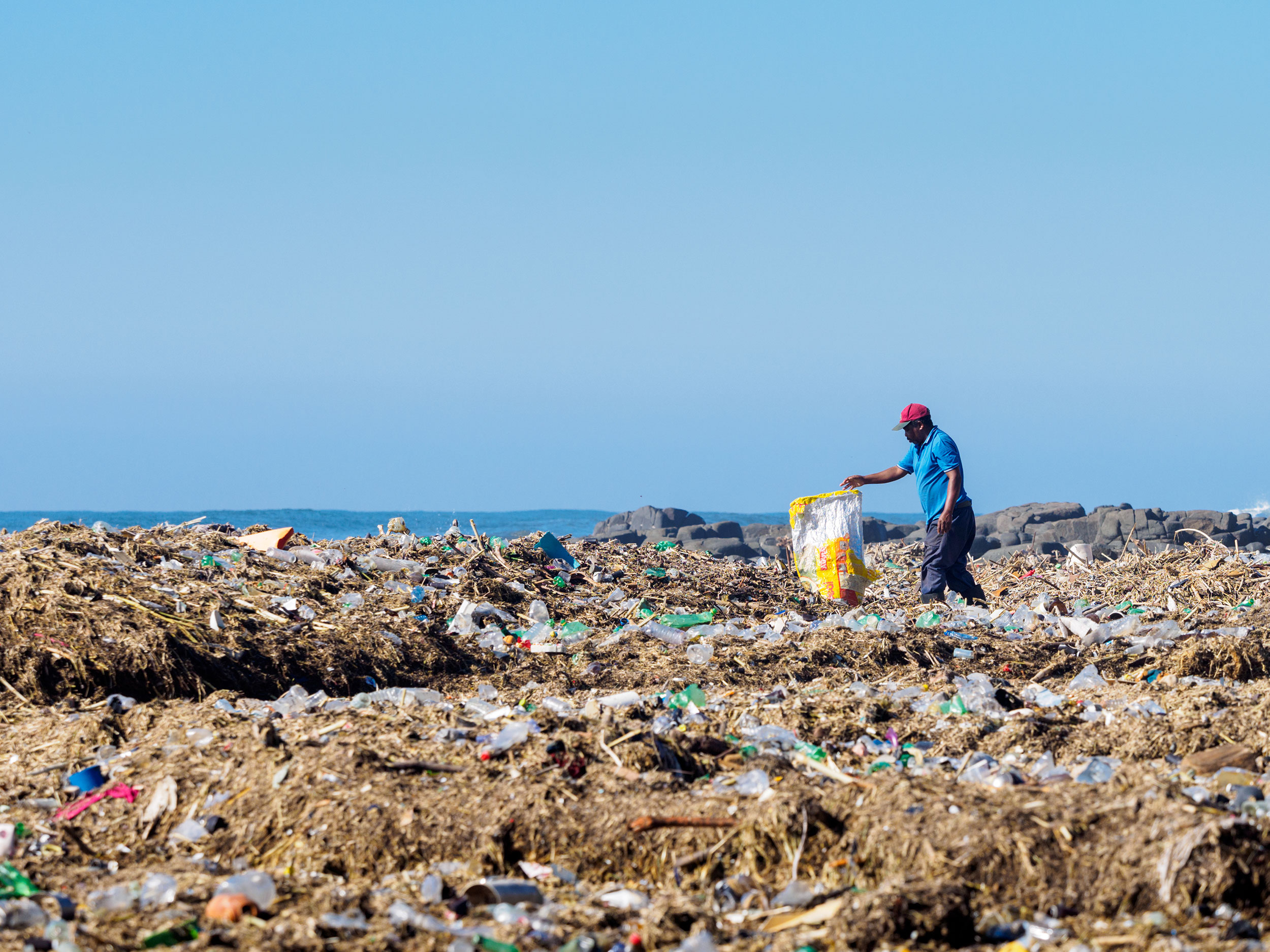Step 1 : Specify the starting point
Time : ![]()
![]()


To be mobilised : Project Point of Contact and management team.
Above all else, it is important to provide your project with substance by asking yourself three questions
- Why do you want to take action?
- With regard to what (which products) can you take action?
- What system of waste management does your action come under?
By specifying your objectives, by listing the Single-Use Plastics (or SUPs) present in your hotel and by understanding the waste management system around you, you will get to the starting point of your action. And you will be in a position to determine the project area and the means of implementation.
1.1 Clarify the objectives to achieve
“How much will that cost me?”,
“Will the change be agreed to by customers and staff?”
These are certainly questions you will ask yourself! So to get started while taking into account the socio-economic context of your hotel, we propose that you establish clear objectives for the following three areas:
- The environmental dimension: creating a net environmental gain (no major impact transfers), reducing the hotels plastic footprint.
- The economic dimension: choosing duration of amortisation (ROI) of the costs of practical changes and alternatives (solutions replacing SUPs).
- The social dimension: involving customers and staff in the process for a project that is shared, supported and accepted.
This will enable you to establish your position and legitimise the decisions you will have to take.
1.2 Carrying out the initial diagnosis of single-use plastics
Ready to rediscover all the new aspects of your hotel? To produce a comprehensive list of the SUPs in the hotel, every area must be examined, in both the front office and in the back office; from rooms to offices to cloakrooms, and including the corridors.
But what are SUPs considered to be? They are plastics that are used just once before being discarded. A SUP product may itself be contained within an item of SUP packaging: so view them as a unit, as a group to be questioned! You can conduct your initial diagnosis using a table, which will form a work basis for what happens afterwards. The list may easily include more than 50 SUP items.
Information to collect during diagnosis for every SUP:
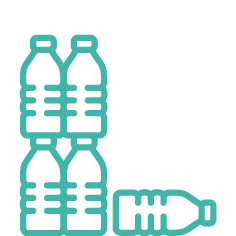
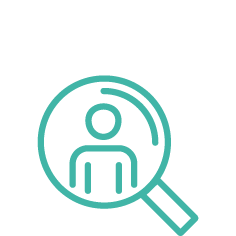
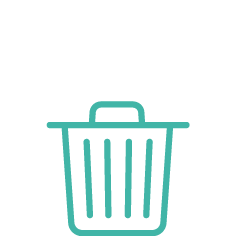
This status report will serve to identify the SUPs to deal with as a priority (see step 2).

OUR TIPS
Specify precisely the name of each product and link a photo to all of them (eg. does the bathroom kit include the manicure kit? Rigorous classification will facilitate the next part!).
Look towards comprehensiveness in your diagnosis: consider both the back and front office, all ranges of rooms, plastic packaging (eg. around slippers), small items of plastic that may go unnoticed (eg. elastic bands, tamper-evident labels).
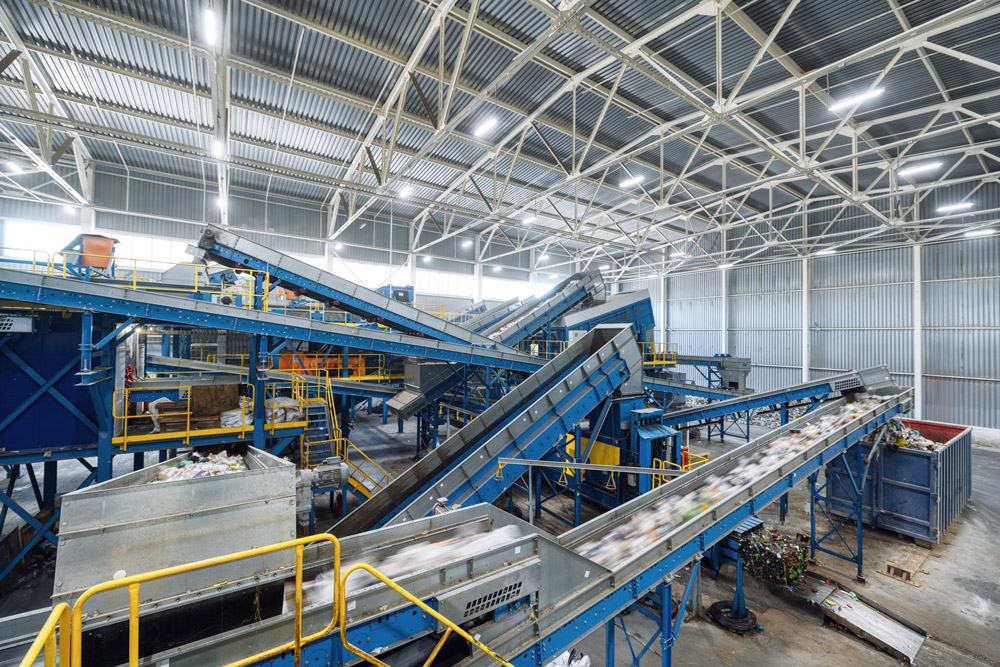
1.3 Understand the waste management system
To carry out a coherent action, you need to understand the end of life of SUPs within the local context of waste management. Are they separated in the hotel? Who collects them and what do they become? Are they burned, put in landfill, recovered? This will enable you both to find ways to improve the current system (eg. installing a separation system at source) and have all the information necessary for making informed decisions when faced with options. For example, if a cigarette butt collection and recycling procedure exists or is being developed in your region, by separating this waste at source you have assurance that it will be recovered. Contact your local authority and/or your collection and recycling service provider to ask them all these questions!

